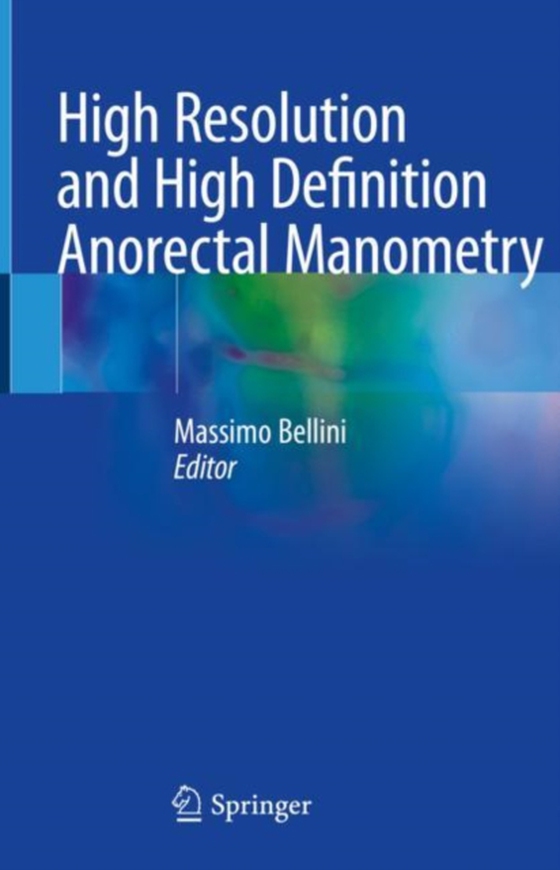
High Resolution and High Definition Anorectal Manometry e-bog
656,09 DKK
(inkl. moms 820,11 DKK)
The book provides a comprehensive overview of high resolution and high definition anorectal manometry (HRAM/HDAM), showing the possible benefits of a wider use of these techniques in clinical practice, as well as their limitations. Although these techniques provide fresh insights into anorectal function and offer a new perspective on the pathophysiologic mechanisms of many defecation disturbanc...
E-bog
656,09 DKK
Forlag
Springer
Udgivet
3 januar 2020
Genrer
MNG
Sprog
English
Format
epub
Beskyttelse
LCP
ISBN
9783030324193
The book provides a comprehensive overview of high resolution and high definition anorectal manometry (HRAM/HDAM), showing the possible benefits of a wider use of these techniques in clinical practice, as well as their limitations. Although these techniques provide fresh insights into anorectal function and offer a new perspective on the pathophysiologic mechanisms of many defecation disturbances, there is a need to clarify whether their use has beneficial effects on clinical management compared to conventional manometry. There is still a considerable way to go to gain the clinical diffusion of esophageal HRM, which has become the gold standard in studying esophageal motility. Indeed, many gastroenterologists and surgeons are convinced that further studies are necessary in order to be able to recommend HRAM and HDAM over and above conventional anorectal manometry. The first part of the book presents anorectal anatomy and pathophysiology, highlighting the indications and limitations of conventional anorectal manometry. The second part then focuses on the general concepts of high resolution manometry and the difference between conventional anorectal manometry and HRAM/HDAM, including technical aspects and different equipment. The third part explains how to perform, analyze and interpret HRAM and HDAM recordings, and describes the parameters study protocol, normal values and how to formulate a particular diagnosis. Lastly, the fourth part includes a collection of normal and pathological images with a glossary of the most frequently terms. Written by experts in the field of anorectal manometry and defecation disorders, this book is of interest to specialists and residents dealing with these conditions.
 Dansk
Dansk

